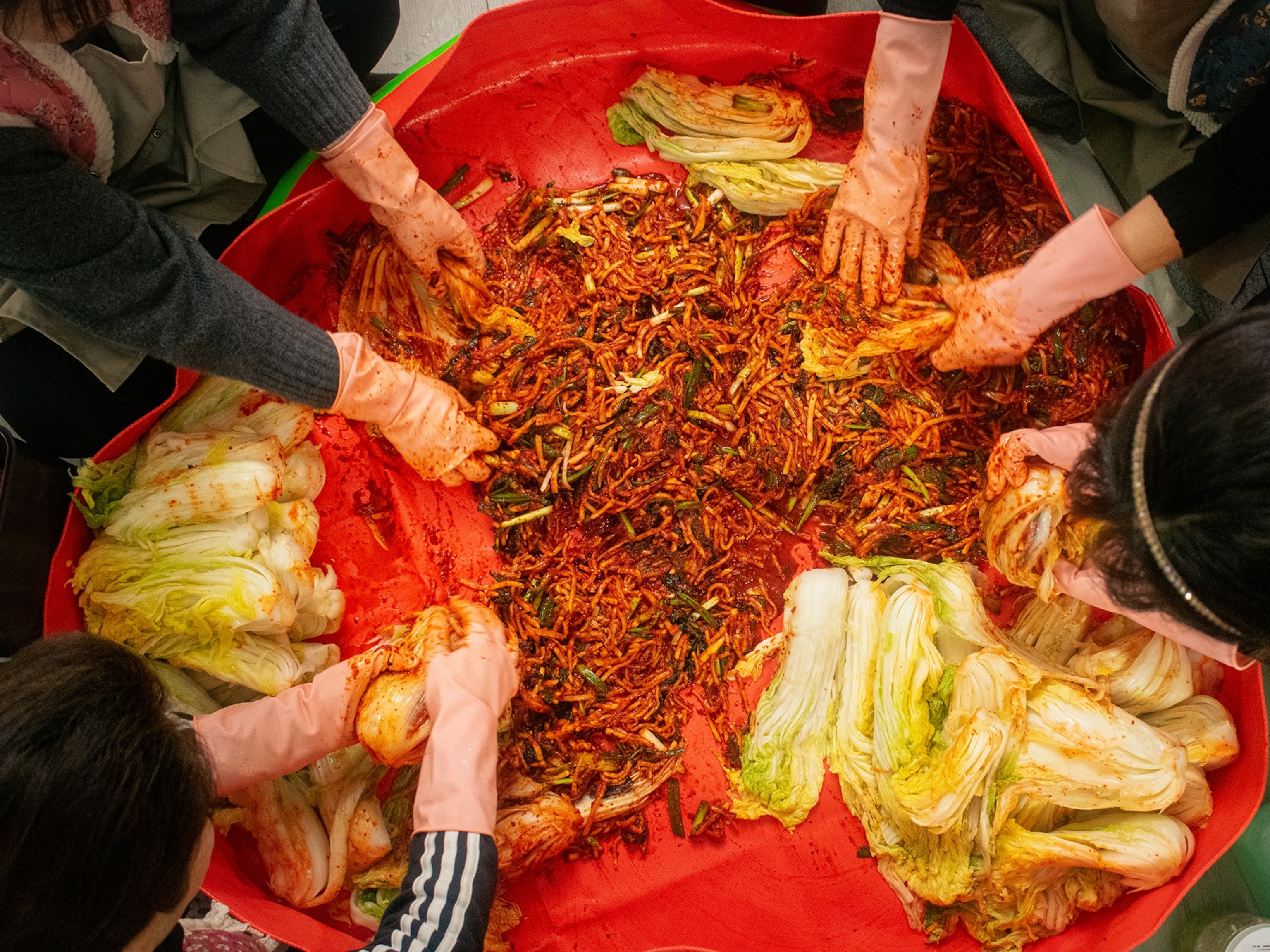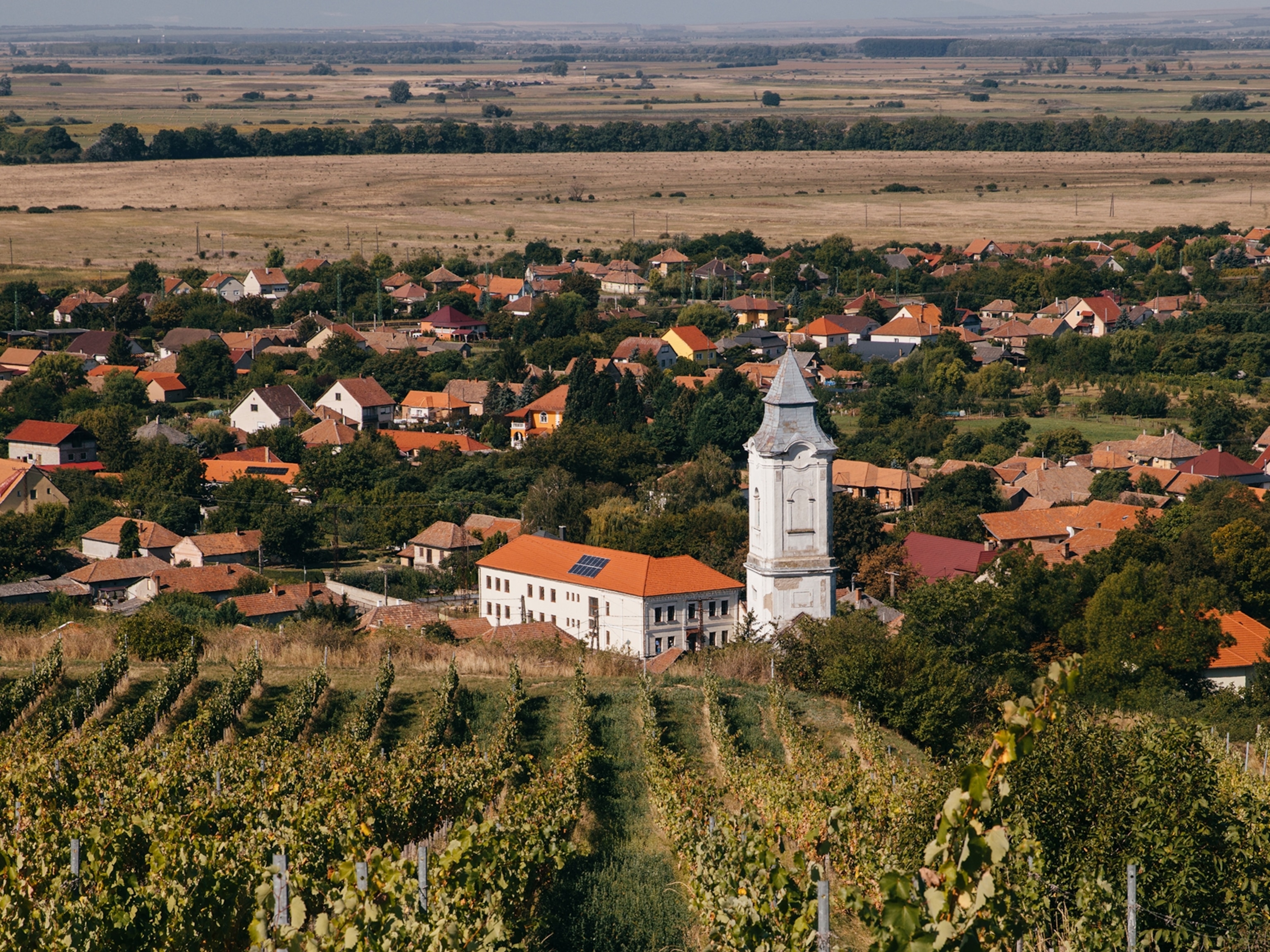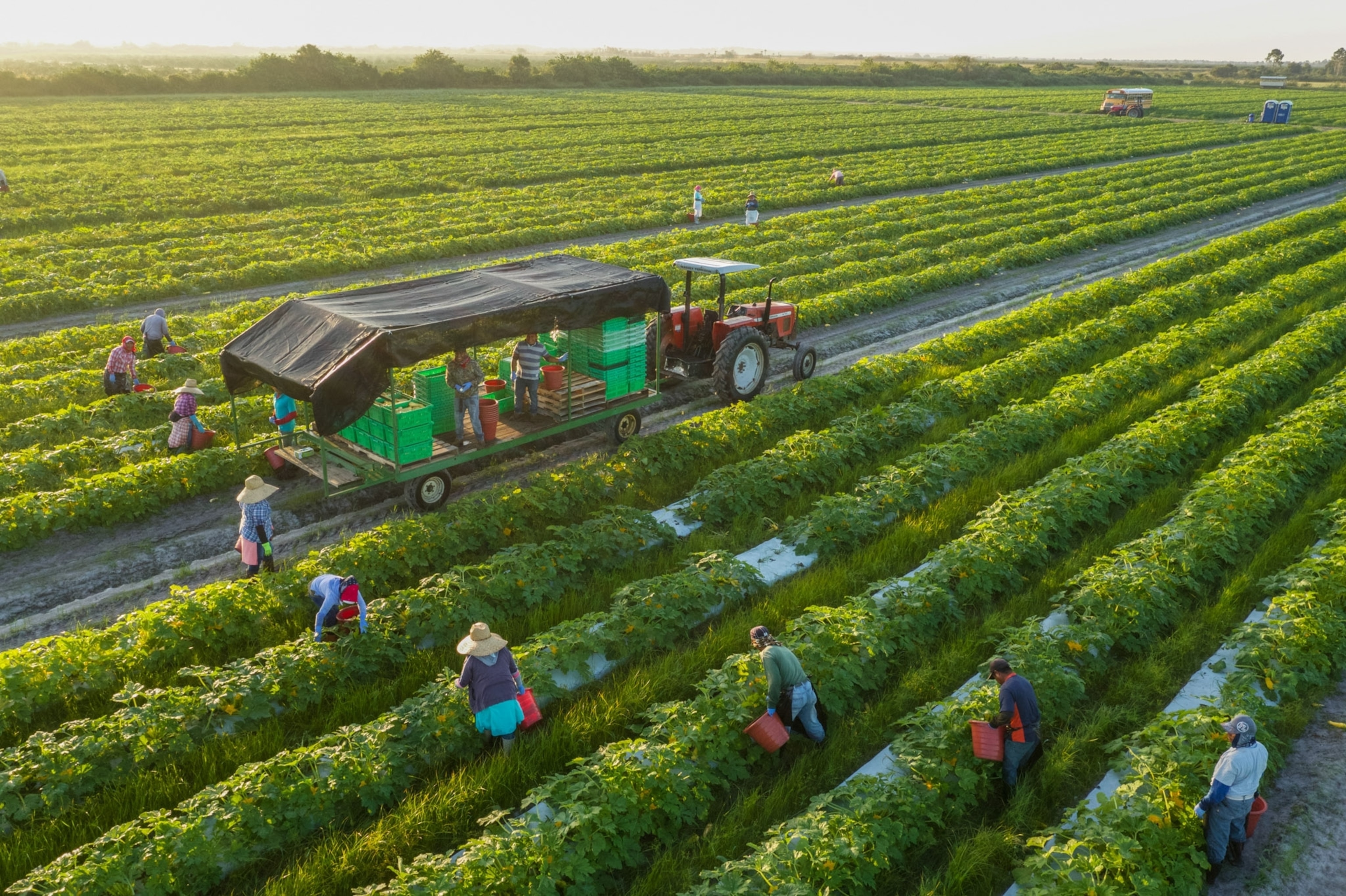
We don't have enough organic farms. Why not?
Organic food sales in the U.S. doubled over the last decade, but organic farming hasn’t kept pace. That may change as farmers partner with brands.
Fort Benton, Montana — It’s been weeks since he harvested his farm’s grains, and though Casey Bailey’s fields are mostly bare, something is brewing below.
He kneels on the ground, covered by a thin layer of straw as far as the eye can see, and prods gingerly into the soil. Barely scratching the surface, he points to white, fiber-like strands—hyphae, the filaments of a fungus—a worm and then a spider racing for cover.

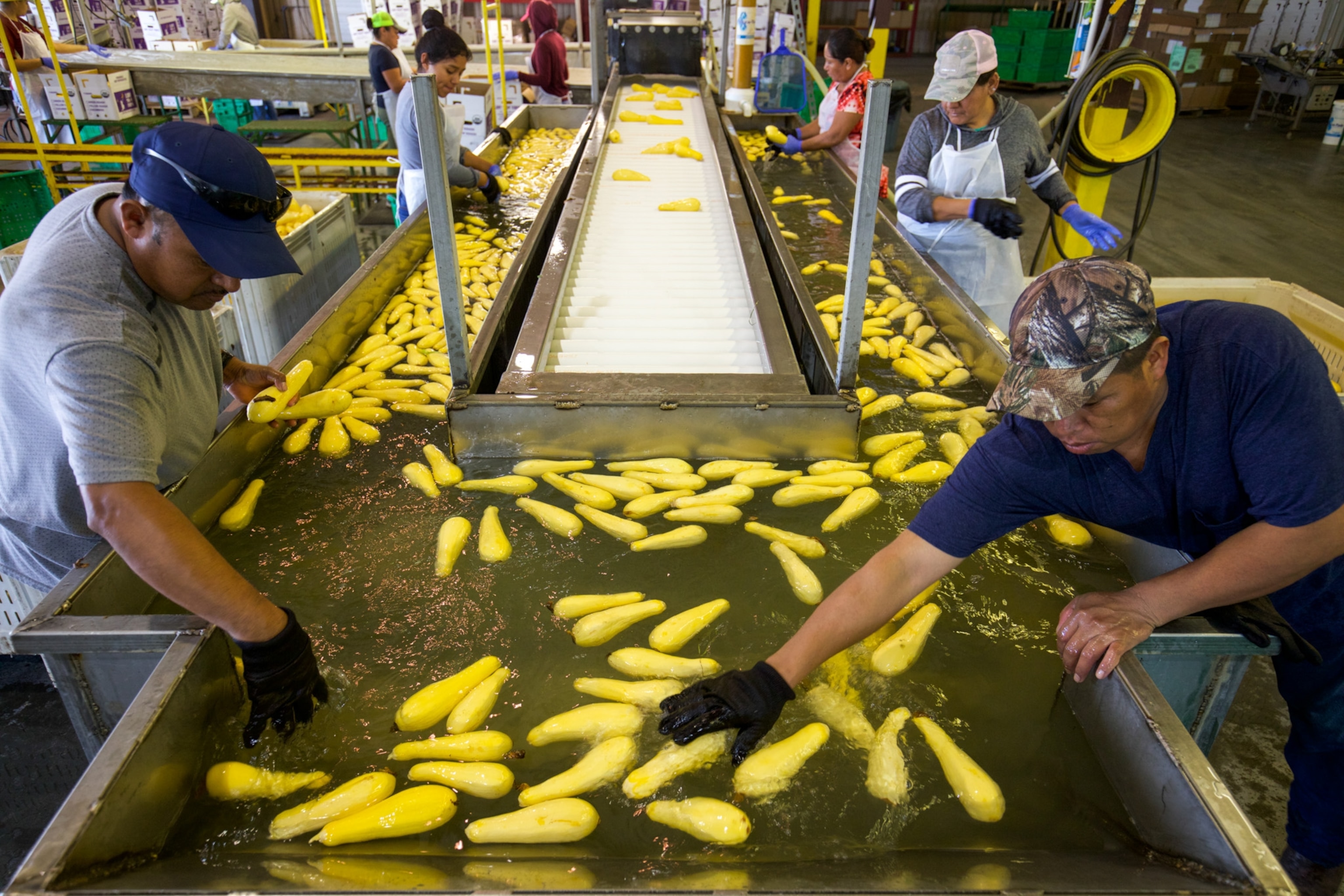
“The soil organisms, there’s like a billion in a teaspoon,” he says. To Bailey, whose livelihood depends on soil, it’s a sign that one of his experiments is paying off.
Bailey, 38, lives on the farm where he grew up, but he’s adding a twist to the family tradition. In place of what he calls the farm’s “rigid, chemical-based” practices, he’s transitioning his 5,000 acres to organic farming methods.
It hasn’t been an easy switch. He’s navigated challenges through trial and error because—despite the growth of organic agriculture—there isn’t a mentor or a playbook to follow. On a conventional farm, he says, “I can hire sprayers to come out and spray our whole farm within a day, and then come and spread the nutrients, the fertilizer. I can’t do that with organic.”
It’s not a matter of simply turning off the chemical sprayers: Farmers must learn to manage soil nutrients without fertilizer and tackle weeds and insects without herbicides and insecticides. It’s a steep learning curve.
Bailey is inclined to figure things out for himself, so at any given time he’s experimenting with different cultivation strategies across the farm, which sits outside the central Montana town of Fort Benton.
And in a new turn, he’s formed a partnership that offers a measure of assurance against some of the risks. Last year, he sold 1,300 acres of wheat and oats to Annie’s, a producer of organic pasta and snacks now part of Minneapolis-based General Mills, which committed to buying more. The company marked the occasion with a limited-edition box of bunny-shaped graham crackers that featured Bailey’s photo, and an organic farmer a few hours’ west was the face of macaroni and cheese.
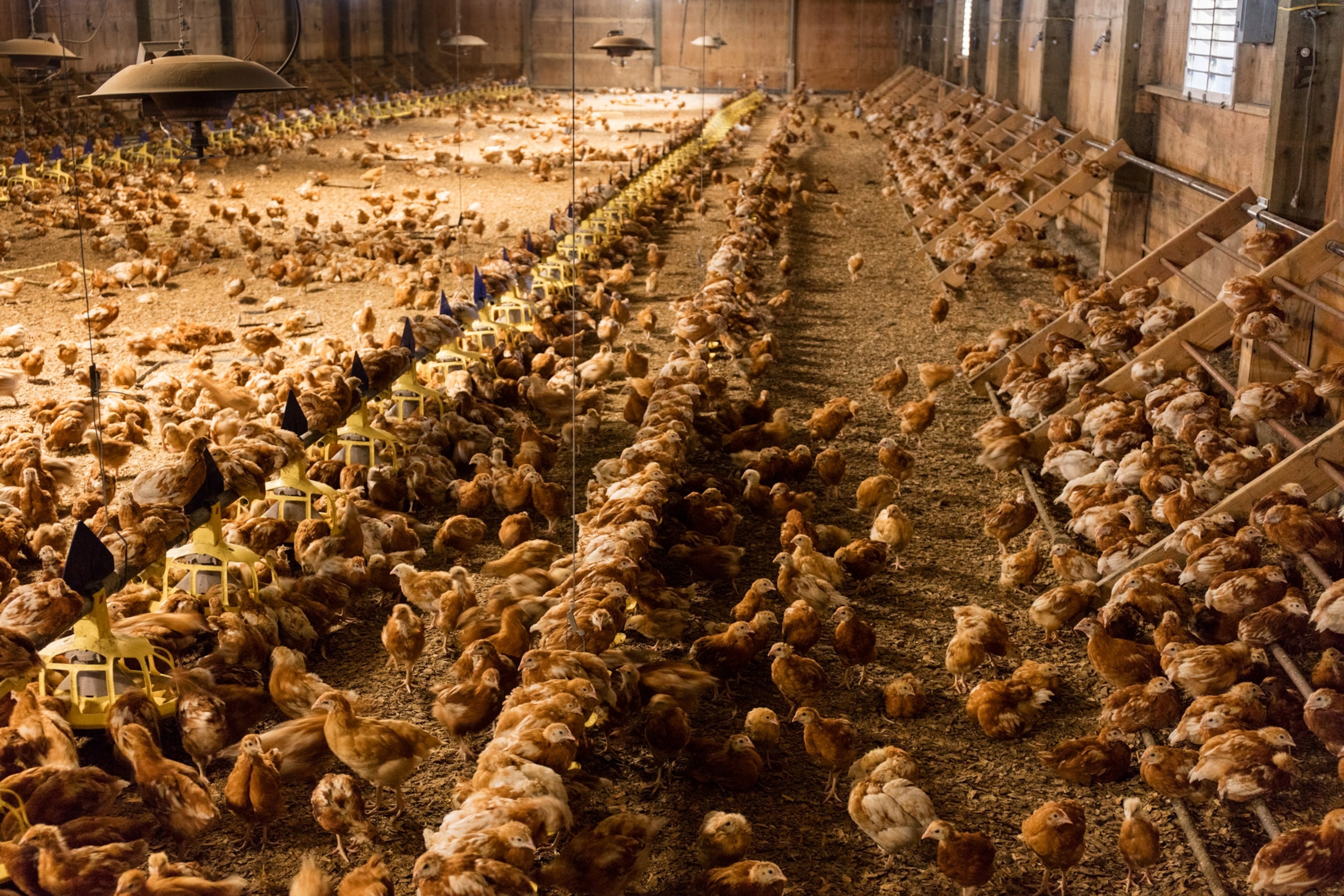

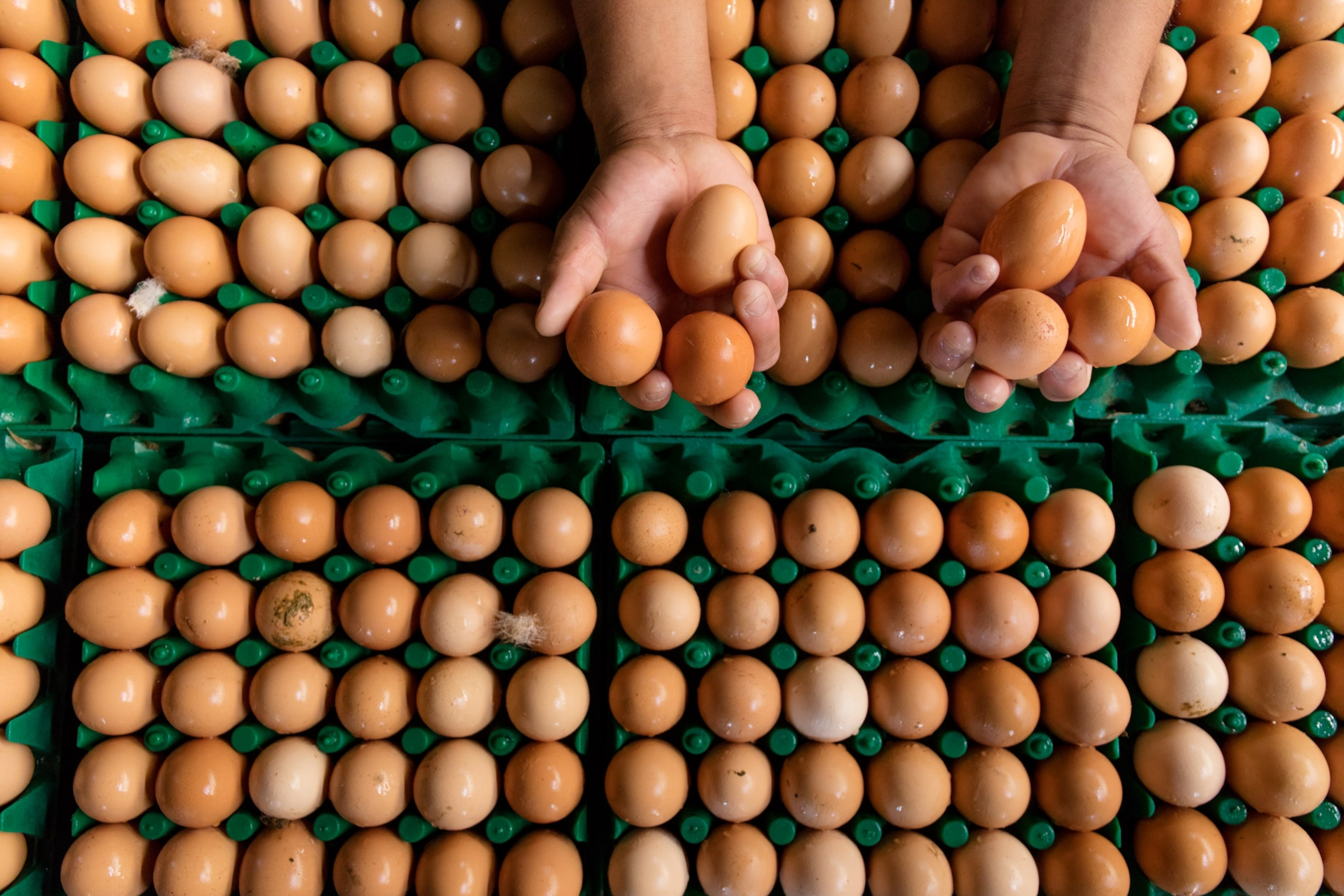
The collaboration between farmers and a brand might prove to be a reverse-engineered fix the organic market needs to address a fundamental gap: Consumer demand for organic food is growing steadily, but the percentage of organic farmland in the U.S. is only inching up. Brands like Annie’s are stepping up to usher in a swifter transition.
(Why soil matters (and what we can do to save it))
The U.S. organic food market surpassed $45 billion in sales in 2017, according to the Organic Trade Association, a six percent increase over the prior year and more than double the sales a decade ago. Organic acreage in the U.S. increased by 20 percent between 2011 and 2018, according to Mercaris, and now totals over 5 million acres of land, but that amounts to less than one percent of the country’s total farmland.
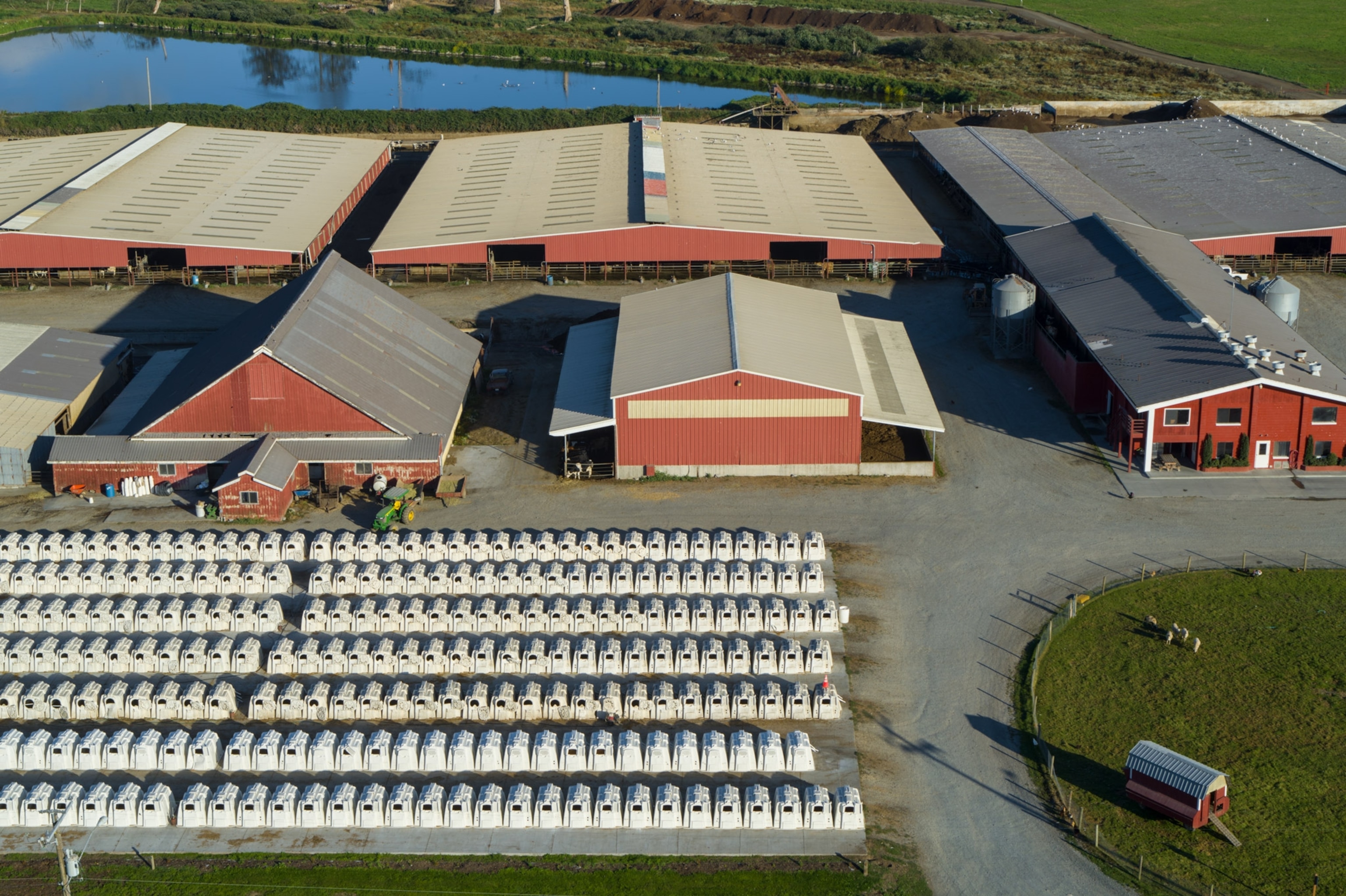

With demand outpacing domestic supply, the country imported more than $2 billion in organic food last year, and likely significantly more—USDA tracks only 40 imported foods.
Organic corn is at the top of that list, with imports jumping more than 200 percent in 2015, according to USDA; the vast majority of that is to feed animals raised for organic meat or dairy operations.
“We’re an exporter to the world of conventional corn, conventional wheat, and conventional soy, but we’re an importer of organic corn, wheat, and soy,” says Eric Jackson, CEO of Pipeline Foods, an organic supply chain company. The country does a little better with produce, but organic still represents just a fraction of the fruit- and vegetable-growing cropland nationwide.

‘I was scared to death’
Bailey had left the farm for college, where he studied music and philosophy, but he returned during summers. When he moved back full-time in 2008, he decided to try farming without chemicals. He started with a small plot of lentils, then grew alfalfa on another 50 acres. But he hadn’t found enough buyers to justify a full-farm effort.
That’s when he heard that Annie’s was looking to support organic farmers—and he jumped on a plane to Minneapolis to get a meeting. “I wanted to know if I really could feel comfortable going organic with the rest of the farm,” he says. That meant finding a company with a sizeable demand—in Annie’s, he found it.
“When I took those first 50 acres to transition to organic, I was scared to death,” he says. “I thought in the back of my head, I’ve come home and I’m going to ruin the family farm.”
That fear helps illuminate why organic farmland is scarce. The choice to go organic is complicated and risky, and barriers prevent many farmers from switching.

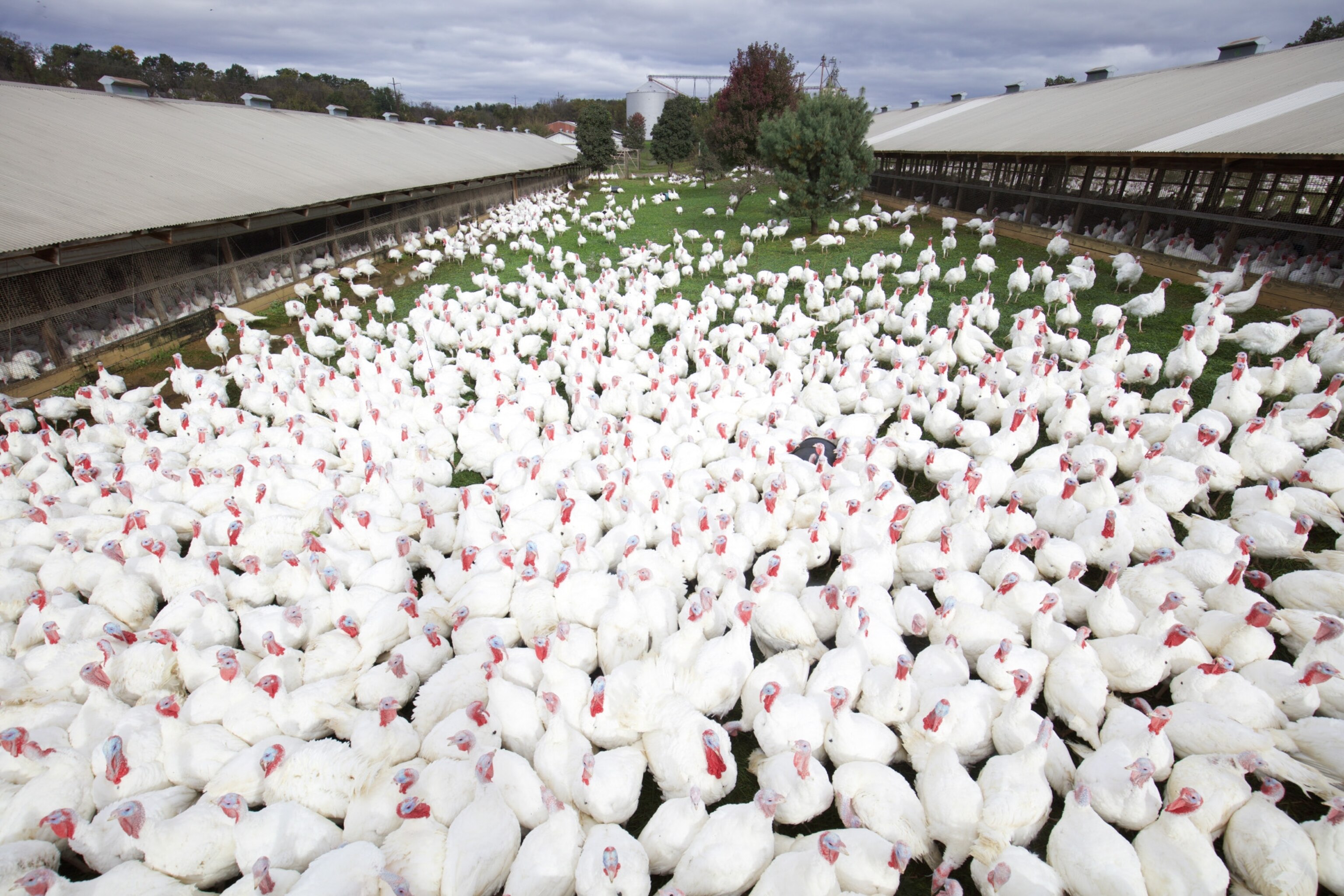
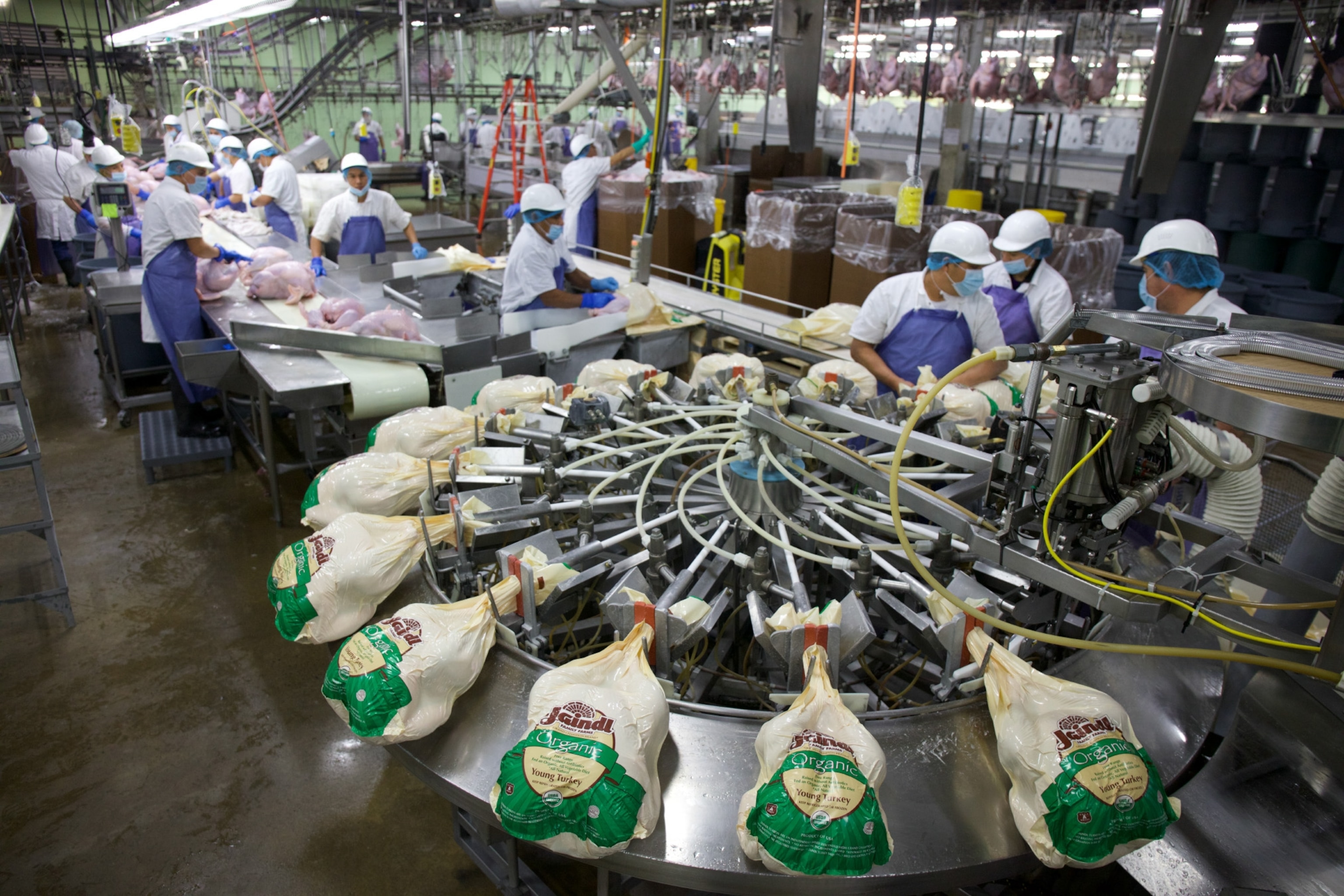
Most fundamental are that organic farming requires different equipment and other costly up-front investments—and it requires more labor, mainly to tackle weeds. USDA organic certification also requires crop rotation, which limits the crops farmers can produce in a given year, whereas a conventional producer can select a crop that appears to be most profitable that year and plant it.
The country’s agricultural infrastructure—grain storage facilities and transportation networks—is designed for conventional crops; organic farmers need to tap into a different market structure.
Organic agriculture could help fulfill the elusive quest for more jobs in rural America: A conventional farm of similar size could support one family, with some seasonal employment opportunities; his organic farm supports five families.
And funding for organic research pales in comparison to conventional support, which means organic farmers have fewer tools available to them, such as improved crop varieties and strategies for battling weeds or disease, as well as fewer experts to consult.
Most university extension offices that dot agricultural regions around the country don’t have organic specialists. Illinois, for example, has one; California, the largest agricultural state—and the state with the highest number of organic farms—has none. A study of 1,800 farmers transitioning to organic agriculture pointed to mentoring and one-on-one technical assistance as both critical and hard to come by.

“That myth of a farmer coming over the fence—in organic, the next farmer might be hundreds and hundreds of miles away,” says Matthew Dillon, senior director of agricultural policy at Clif Bar, which is investing millions in organic agricultural research and innovation.
The transition period to organic farming itself can be a money-losing proposition. Farmers need to keep their land free of most chemicals for a full three years before they can be certified as organic. “They’re basically farming organically, but they don’t get the premium,” says John Reganold, soil science professor at Washington State University.
That’s the logic behind the “certified transitional” initiatives that some companies such as Kashi, which sells cereal and granola bars under a transitional label, have formed in recent years—to give farmers a limited premium to help get through those initial years.
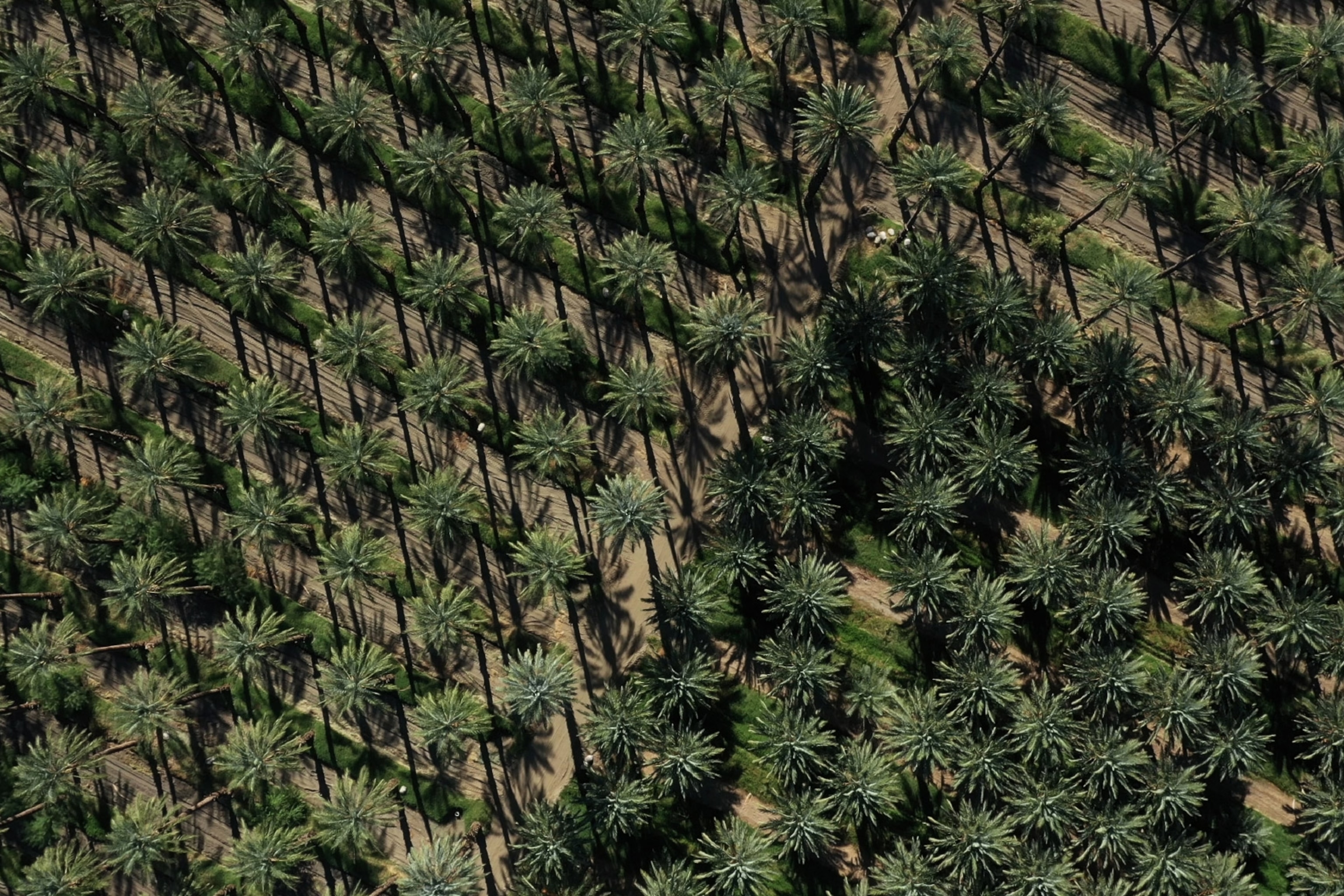
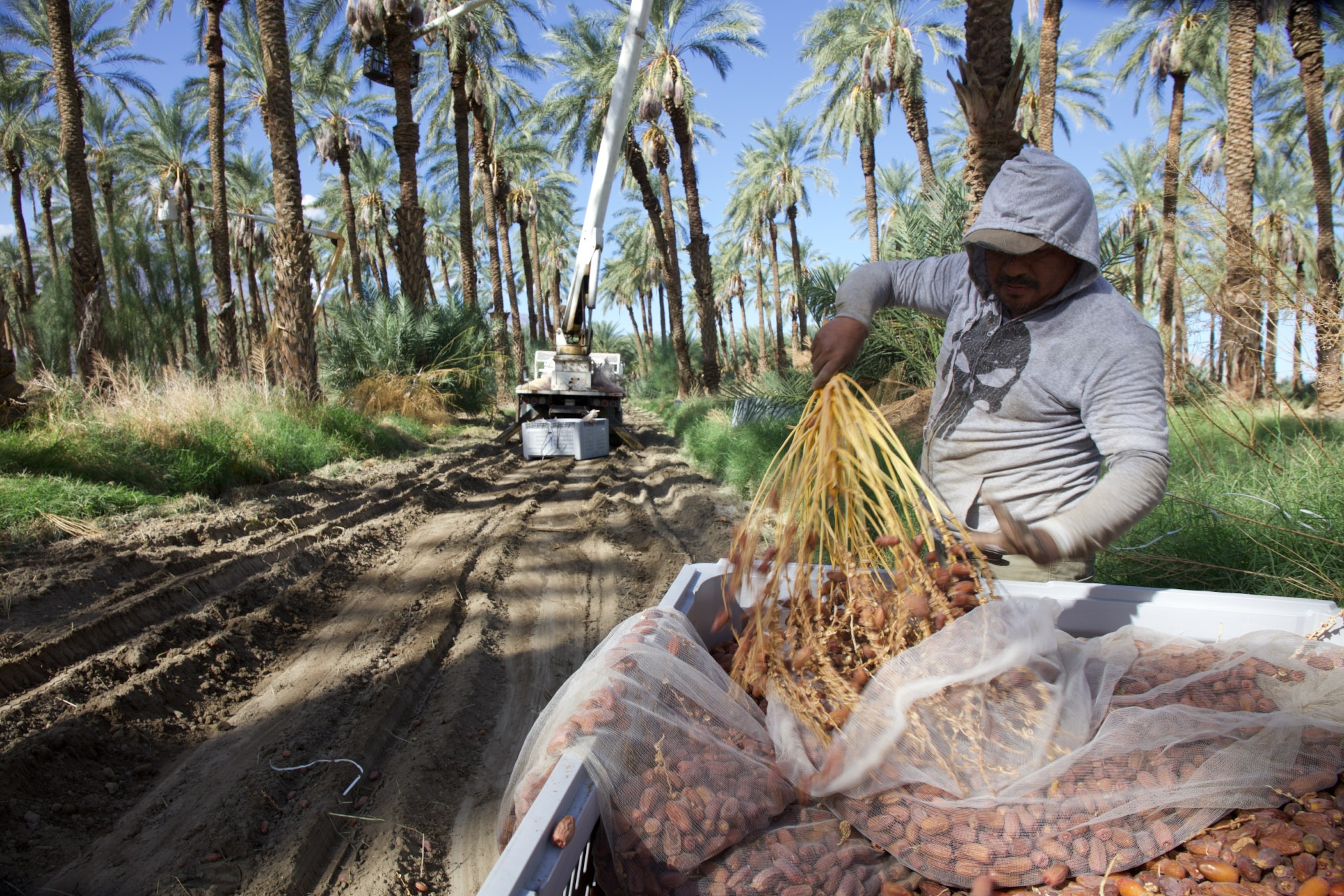
Farming crisis
Transitioning to organic adds a burden to the pressures already facing U.S. farms: Labor shortages persist, exacerbated by the uncertainty around immigration policy, and the average U.S. farmer is 58, leading to concern about the future of farms that don’t have a younger generation lined up. And real estate development is gobbling up farmland, particularly around urban areas.
“We’ve seen full regions of produce just disappear,” says Heather Shavey, general merchandise manager for Costco Wholesale, which sold more than $1.2 billion worth of organic produce in the most recent fiscal year, accounting for more than a quarter of all its produce sales.
A number of companies with a stake in the organic movement have stepped up to help farmers confront the myriad challenges they face. Like Annie’s, Costco has a similar effort directed at building relationships with farmers. It commits to buying crops from growers before they embark on the organic transition.
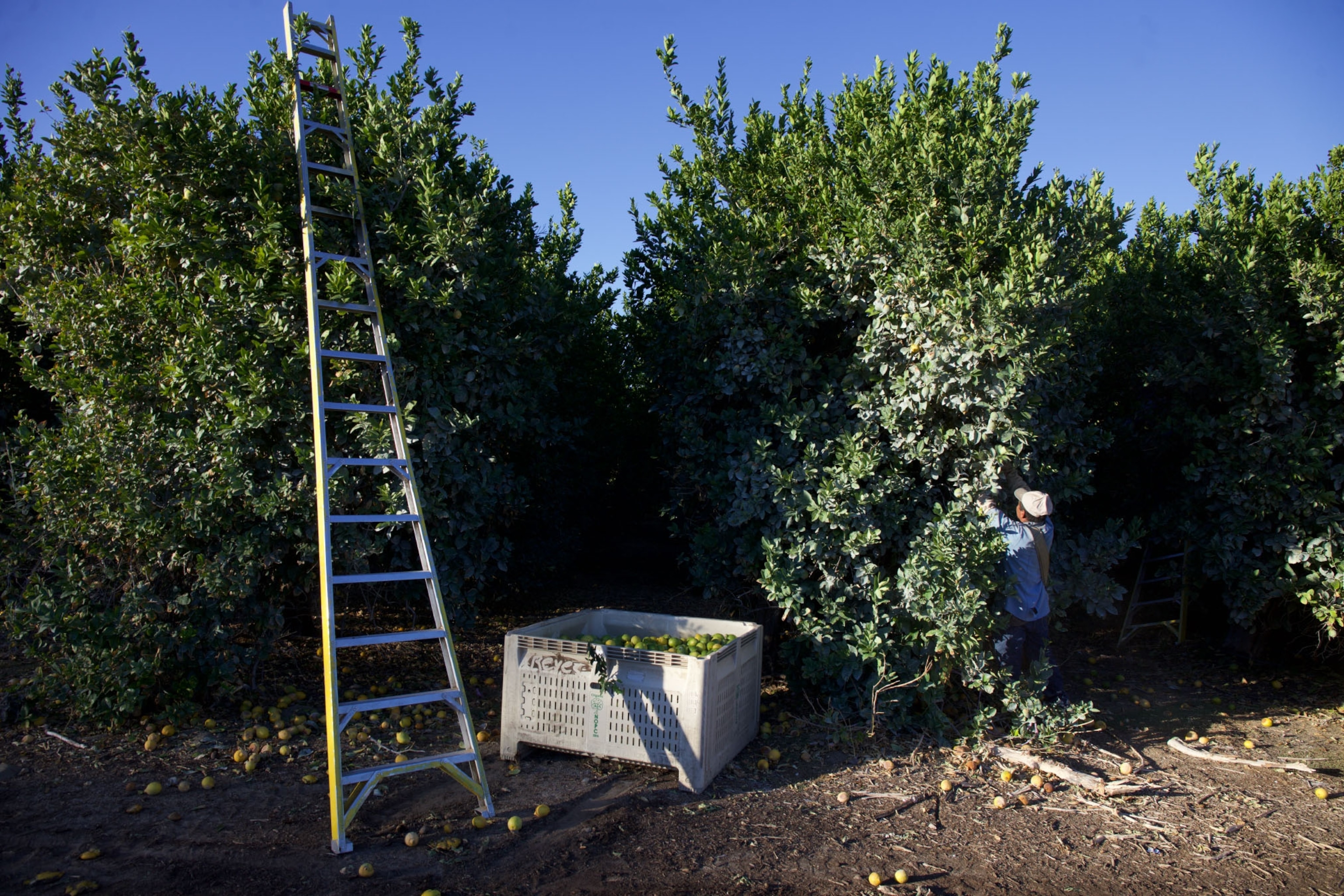
“The biggest thing for growers going from conventional to organic is knowing that they’ll have a place to sell it, and at a fair price, and that’s what we give them,” says Shavey.
Over a year into his relationship with General Mills, Bailey says he’s noticed the company is going beyond organic standards and pushing larger sustainability concepts—providing habitat for native pollinators, which face threats around the country, and perennial crops (such as Kernza), rare in modern agriculture but considered far better for soil health and a potential tool for fighting climate change.
“They’re aimed toward goals that I’m so surprised they’re even thinking about. Native pollinators and perennial wheat at General Mills? That’s amazing,” he says in his kitchen, cutting into a loaf of bread baked from his wheat. “Can they pull it off, is the question,” he says. “What I think it comes down to is me—and other farmers like me.”

Carla Vernon, president of General Mills’ natural and organic business, said the farmer-branded boxes were a hit. “We loved how it went. We expect we will do more things like that,” she says. Consumers are increasingly demanding transparency with sourcing, and the “identity-preserved” bunnies, as she called them, catered to that. The company, which projects $1.5 billion in organic sales by 2020, recognizes that it can’t close the supply gap without farmers as partners. Earlier this year, it announced a plan to convert a 34,000-acre conventional wheat farm in neighboring South Dakota to organic production.
The expanding market represents an understanding and willingness by consumers to pay a premium for food because of how it’s grown, says Michel Cavigelli, USDA research soil scientist. “If you want to protect the environment or eat healthier—here, pay a little more for your food. That’s what organic has created, a market mechanism,” he says.

‘A game of chess’
About an hour’s drive northeast of Bailey’s farm, Bob Quinn recently handed the reins of his storied farm to a pair of young farmers who now rent the land from him. An early adopter of organic agriculture as well as heirloom grains, Quinn has hosted researchers and farmers from around the world who come to observe his operation. He started organic on 20 acres in 1986, used his last chemicals two years later, and has turned his farm from something of an experiment into a 4,000-acre commercial success.
It took a while, he says, to find his successors, those willing to manage the more unpredictable aspects. “We can’t throw fertilizer at a field, so instead we have to build the soil,” says Chad Fasteson, one of the farmers renting from Quinn.
I didn’t really like working with the chemicals. Then you can’t go home and pick up your kid because you’re covered in crap, no matter how careful you are.Chad Fasteson, Farmer
Fasteson moved here from a conventional farm, where he grew tired of sitting in a tractor. “I didn’t really like working with the chemicals,” he says. “Then you can’t go home and pick up your kid because you’re covered in crap, no matter how careful you are.”
Quinn compares organic farming to a game of chess. “With organic, you have to project several moves ahead, because you can’t just nuke something. You have to see problems coming,” he says. That’s partly why he’s in the process of donating some of his land for a research center; he’s in talks to establish a partnership with the Rodale Institute, which produced some of the earliest organic research, and others.
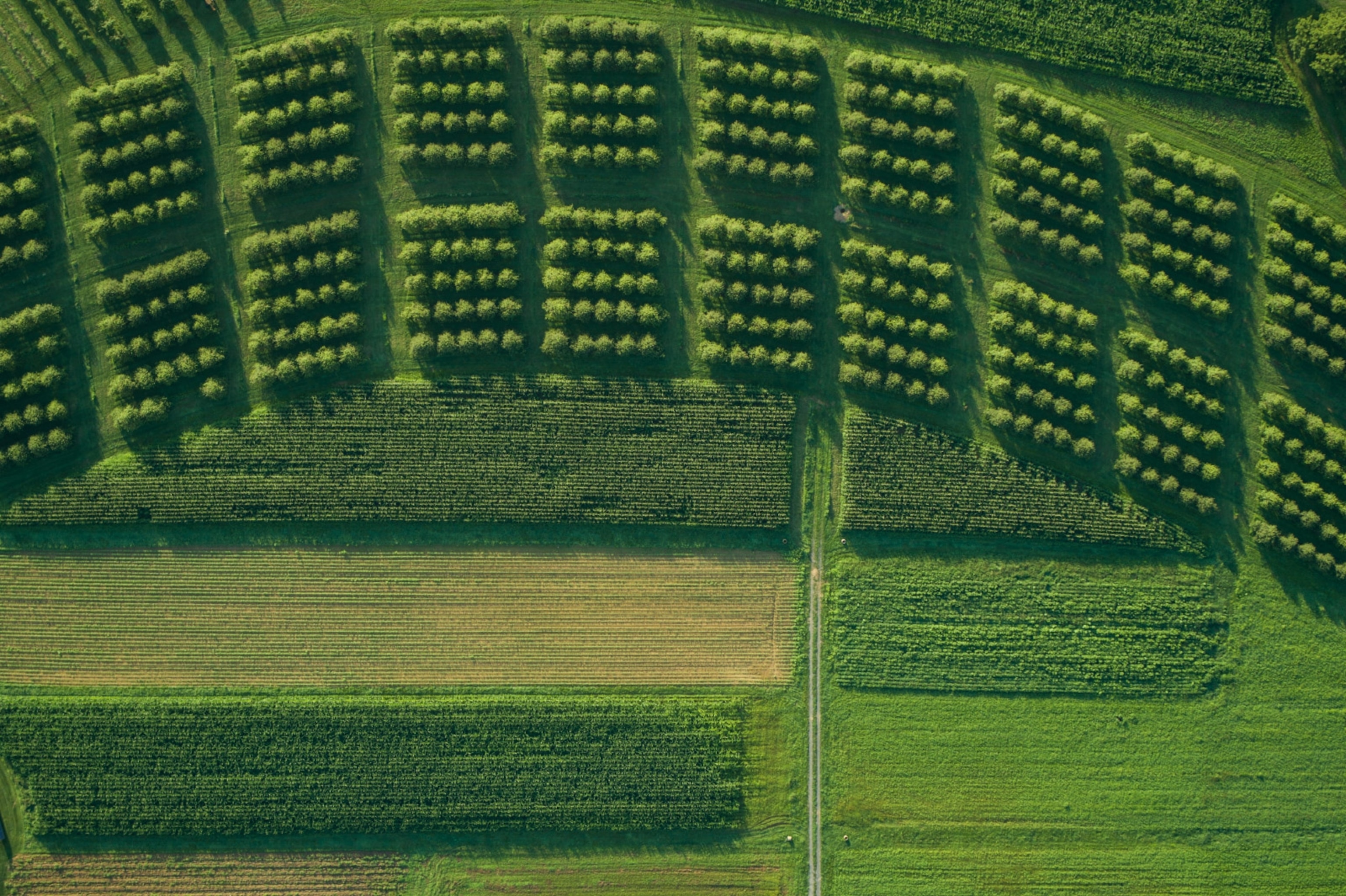
Putting organic to the test
Based in Pennsylvania, the institute is home to a long-running side-by-side experiment in organic and conventional agriculture. The Farming Systems Trial, which has grown corn and soybeans since 1981, has shown that after an initial decline during the three-year transition, yields on the organic plots have matched or exceeded the conventional-crop yields—and performed even better during drought years. Rodale says the trial has also demonstrated that organic farming uses less energy, produces fewer greenhouse gases, and builds soil health rather than depletes it. Last year, the institute launched a vegetable trial.
California-based Earthbound Farms, one of the biggest organic growers in the country, has similarly found that yields continue to increase over the years. The longer a piece of land has been organic, says president and CEO Deverl Maserang, the more fertile the soil becomes, and that’s helped its network of farms become more productive.
Rodale, meanwhile, is looking to expand its geographic test sites, says executive director Jeff Moyer, because soil strategies that work in Pennsylvania don’t necessarily help farmers like Bailey in Montana or grape growers in California. “We want to be able to showcase farmers successfully implementing strategies within their specific bioregion,” he says.

In the weeds
To understand agriculture, whether organic or conventional, means understanding weeds, which some say are forcing a crossroads for farmers.
The advent of herbicides freed farmers from tilling the soil, a practice that helps prepare land for sowing seeds but disrupts the soil’s natural ecosystem—it’s recognized as a cause of the Dust Bowl.
Conservationists support no-till agriculture because, among other environmental benefits, it encourages carbon sequestration—a factor in climate change. But since overturning soil helps to reduce weeds, no-till farms are vulnerable to them. That’s why conventional farmers use herbicides—and organic farms use tilling.
Bailey is concerned about soil erosion, so he’s trying to find ways to till with a purpose, as he calls it. In the field that produced the hyphae and the darting spider, he had experimented with leaving plant roots in the ground after harvest to help maintain soil structure and encourage life. He used equipment to remove seeds from the plants and then let his cows graze and trample the plant material back into the soil. “And this is just within one summer,” he says. “This kind of thing convinces me I need to keep trying.”
Bailey, who expects to finish transitioning his farm over the next several months, always assumed he’d have conventional agriculture to fall back on. He’s not so sure now. Conventional farmers are struggling because commodity crop prices have plummeted in recent years, and they’re fighting “superweeds” that don’t flinch at the barrage of chemicals used against them.
There’s a very high cost of cheap food, and you don’t pay it at the checkout counter—farmers are paying it that are going out of business.Bob Quinn, Farmer
“Deep down, I was like, ‘That works and it’ll be there forever,” he says of conventional farming. “And all of a sudden, [weed killer] Roundup’s not working. So I’ve actually become a little worried. Like wow, what if everybody has to change?”
Some farmers are digging their heels further into conventional agriculture, spraying new chemicals, or even going back to tilling. “This year, a lot of them were having to pull the plows back out because the chemicals ain’t working,” says Fasteson.
For others, it’s an impetus to change course. Tim Raile, a wheat farmer in Kansas, says his no-till farm worked well for about a decade, and then he noticed weeds showing resistance. “It was just a few weeds here and there, but as those weeds kept generating offspring, it was eventually the whole field. And everybody’s experiencing the same thing,” he says. He sprayed more herbicides. “It finally got to a point where no matter how much glyphosate you put down, it wasn’t going to die.”
He started the slow transition to organic, but it wasn’t an easy decision. “I didn’t tell anybody for a while, because I knew there would be a little bit of a backlash,” he says. Some farmers, he believes, may feel threatened by his choice—simply because it’s different, or they’re leery that Raile might sue them for what’s known as pesticide drift.

For now his challenge is storing his organic wheat. Since it can’t mix with conventional, he can no longer sell it at the local grain elevator. He’s able to stay on top of the labor demands, but it’s a real constraint for others.
“I couldn’t manage the farm by myself with the time it takes to do the organic operation. It’s hard to find the type of paid labor you need,” says Alan Weisshaar, an Iowa corn and soy farmer who was organic for about two decades but then switched to conventional methods.
Having gone through several people before finding Fasteson and another farmer to take over his operation, Quinn recognizes the value—and the dearth—of qualified labor and know-how. But with the right training for new recruits, he says, organic agriculture ultimately could help to fulfill the elusive quest for more jobs in rural America. A conventional farm of similar size to his own typically keeps one family afloat financially, he says, with some seasonal employment opportunities; his farm supports five families year-round.
Pointing across the road that intersects wheat fields to the only house in sight other than his own, Quinn says it wasn’t there a week earlier: Fasteson had it moved from another town for his family. “We’re adding a house to the community,” Quinn says. “That’s almost unheard of in this part of Montana.”
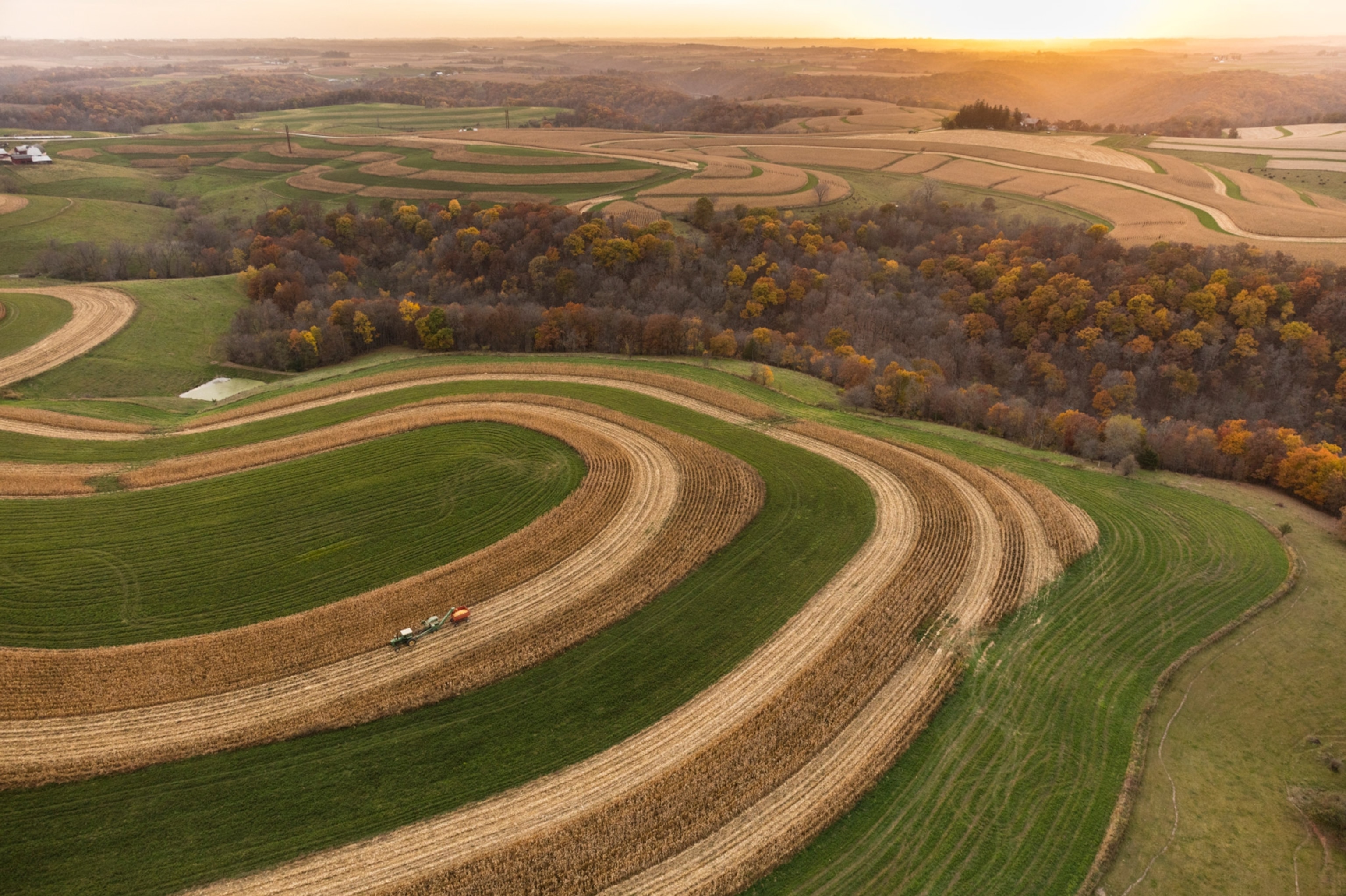
Driving demand
With the organic sector still small by overall acreage numbers, large-scale farms like the one General Mills is transitioning may help to shift the national landscape. But they’re far from the small family farm that consumers might associate with organic, and some scientists worry that as farms grow bigger, they’ll lose some of the diversity that they say makes organic more sustainable.
“The issue is not scale. It’s how many people [workers] per acre,” says Liz Carlisle, Stanford University lecturer and author of Lentil Underground, which chronicles Montana’s organic agriculture movement. “Having a bunch of small-scale farms is one way to have diversified agriculture, because they’re not going to be doing the same things. But you can have large-scale farms that build diversity into what they do—they just need the people to manage it.”
Organic certification requires a three-year rotation of crops; growing different crops each season helps to break up weed, pest, and disease cycles. There’s not always a market incentive, however, for maximizing those rotations. “It would be ecologically beneficial to rotate [strawberries] with brassicas—like broccoli or mustard greens—which suppress fungal pathogens, but consumers don’t pay as much for those crops as they do for strawberries,” says Carlisle. “And the land rent is based on strawberry profits, so farmers are in a bind.”
It’s an area where Earthbound Farms, which supplies salad greens and frozen fruits and vegetables to retailers nationwide, uses scale to its advantage. Maserang says the company introduced “riced” cauliflower and broccoli, often purchased to replace starches in lower-carb diets, as a way to try to increase demand for those crops, because growing them is good for the soil. The company is working to identify other vegetables that are good for rotation, he says, “and looking for ways that are easier to use them” to bridge the divide between what the farm needs and what consumers want to buy.
Not too far from Bailey’s farm in Montana is the humble office of Timeless Seeds, a company that sells heirloom varieties of grains and legumes that are good rotation crops for replenishing soil—lentils, peas, purple barley—but traditionally have not flown off retail shelves. David Oien founded the company in 1987 to create that market—and the last few years have been booming, driven by the popularity of organic and plant-based foods.
“Before, we had to go out and seek growers,” said Oien. “Now, as often as not, farmers are calling us and asking if they can grow our crops.”
For Quinn, as long as consumer demand continues to grow, so too will organic cropland — along with the supporting infrastructure. “Policymakers never lead, let’s be honest. They mostly follow, and we’ll just have to wait for them to catch up, I guess,” he says. “Then they’ll support conversion through research and advice and that sort of thing.”
On a late September night, Quinn, wearing a cowboy hat festooned with heirloom wheat, and Bailey meet for dinner at a bustling diner in Loma, a small town halfway between their farms. Over chiles rellenos and green chili—it was Mexican night at Ma’s—the two catch up: which rotation crops worked well this year, where weeds are popping up. When asked about other farmers in the area who’ve seen their success but aren’t willing to switch to organic themselves, they return to the question of cost. More consumers, they say, need to be willing to pay more for food.
“There’s a very high cost of cheap food, and you don’t pay it at the checkout counter—farmers are paying it that are going out of business,” says Quinn.
He’s bullish, though, about the potential of organic growers to turn around the country’s farming crisis. “It’s not going to be all without bumps and curves and bends in the road, but it’s going in the right direction,” he says. “I think there will be a time when we look back at this era as the great chemical experiment.”







